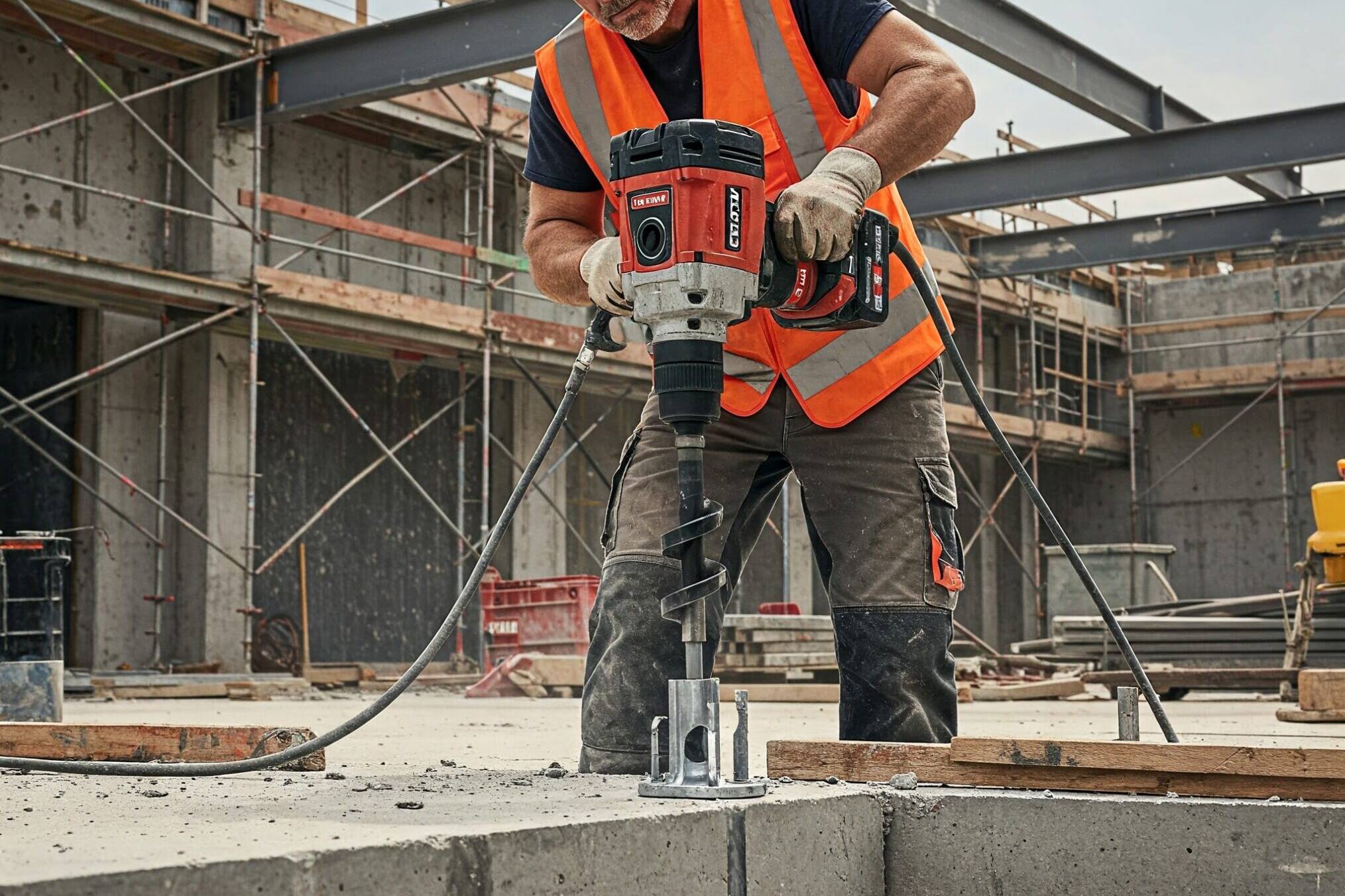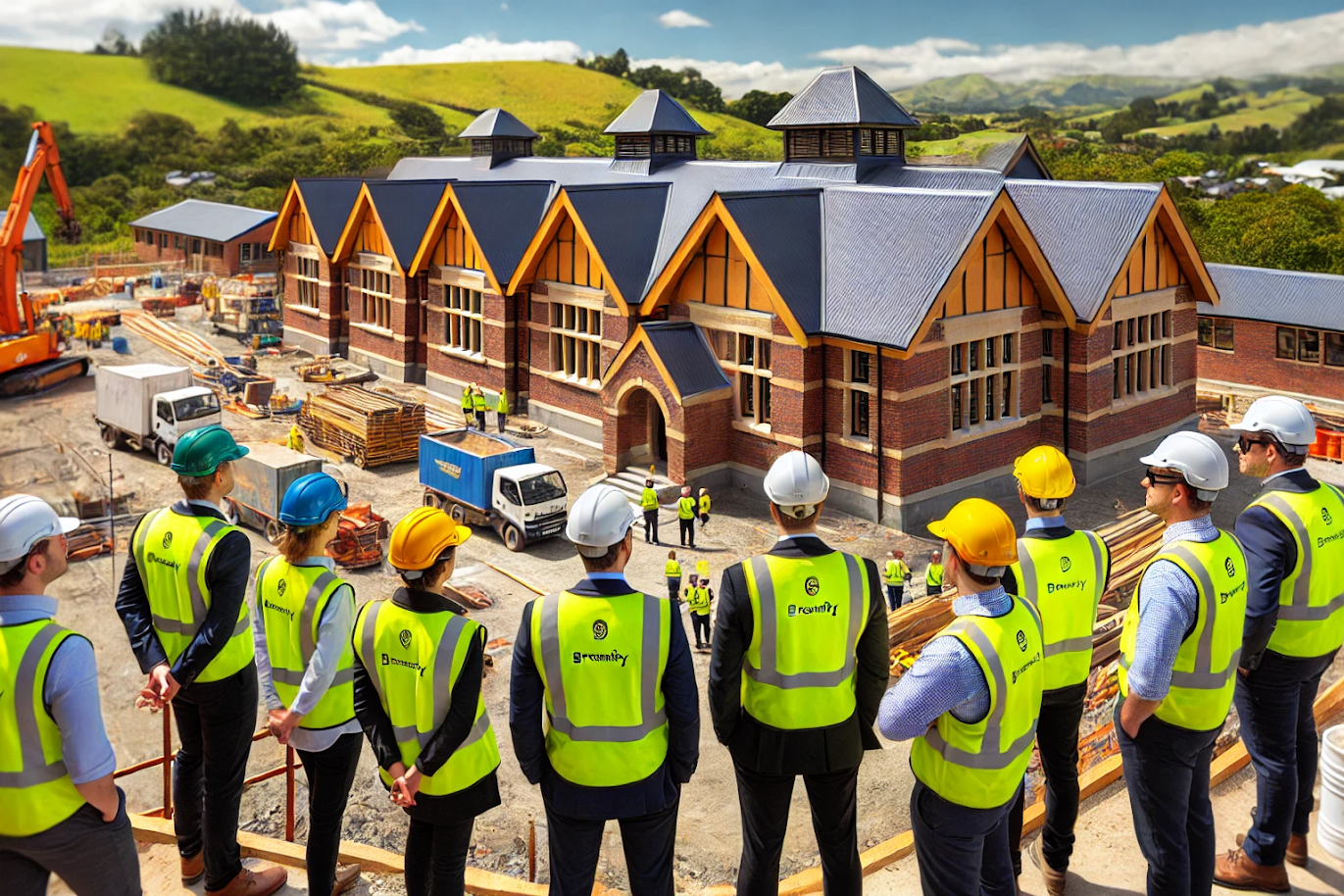Our seismic engineering specialists, share their thoughts on the drivers and the details of seismic engineering for non-structural building elements. Seismic engineering is a niche area that has evolved following the large number of damaging earthquakes seen in NZ in recent times and the increased regulation that has followed in Australia.
Earthquakes also happen in Australia
Earthquakes occur throughout both New Zealand and Australia. Contrary to the belief of many, Australia experiences regular earthquakes, and just like in NZ there is a need to design for them and mitigate against the damage they can cause.
Ignoring seismic design is an expensive mistake
Prior to the 2011 Christchurch earthquake, New Zealand didn’t design, enforce or build to code. When the earthquake struck, the damage to non-structural building elements was huge. Over $40bn worth of damage occurred to the interior of buildings, with the cost of damage to non-structural building elements exceeding the cost of damage to structural elements.
Non-structural building elements hold such a high value, it’s no surprise that insurers are focusing on this. It is the risk of significant cost that is the driving factor for insurers and regulators, and this is a global trend.
The more earthquakes we experience, the more developed the regulations
Looking at changes in the legal requirements overtime, you can see the industry is reactive – an earthquake happens and we react with legislation or regulation. For example, the most notable event is the Newcastle earthquake in 1989, as a result Australia set up new standards which were adopted by the building code in 1995. Councils are requiring these for building code consent. Both NZ and Australia are aligned with a similar building code.

What is included for Non-Structural Building Elements?
When we talk about non-structural building elements, this includes elements such as non-load bearing walls, ducts and piping and racking and shelving. Below is a comprehensive list of internal non-structural building elements that need consideration in seismic design:

Within a single build, a number of different services might need to be included in the seismic design, requiring coordination between things such as communication systems, ducts and piping, lighting and so on. Coordinating the approach for the design allows you to avoid redesigning each of these elements individually. These items are all interrelated within the building envelope and approaching them in a coordinated way can save on cost and improve the design.
Not every project needs seismic design
How do we know what does and doesn’t need specific earthquake designs? An IL 1 building, such as a farm shed, or a small home does not need specific seismic engineering design, but for all other buildings, all architectural features require specific designs with earthquake consideration.
Can a standardised seismic design be applied across a number of projects?
The short answer is ‘no’. There are so many variations from one project to another, meaning a supplier can’t just rubber stamp their product. Each location has a different earthquake load and different factors to consider.
There are a whole range of factors that impact on what the design should be, including:
Geotechnical info – such as the type of soil it is built on
- Use of the building – such as a hospital that needs to stay functional after an event
- Height of building and elements in the building
- Materials involved
- Weight – heavy duty pipes vs light ducts
- Wind
What is the cost of this to the industry?
The diagram below demonstrates the high value of non-structural building elements (NSBE) in comparison to the contents and the structure.

Following the Christchurch earthquakes, there was so much damage to the non structural elements in many buildings that it just wasn’t worth repairing them. The internal damage had a greater cost impact than the damage to the superstructure.
In addition, when damage is done, not only is there the cost of repairs, but also the economic flow on costs for being out of business during this time. New Zealand studies have shown for every dollar lost due to property damage, the flow on cost is $3, such as the business being closed while the repairs happen, or relocation.
Transitioning to a more coordinated design approach
At the moment we find ourselves in a transitional approach as we move from current practices to a more coordinated approach. Often we are seeing poor design in the early stages, and a lot of variation and changes are needed at the last minute. This can be very costly. The ideal approach is to giveconsideration to this throughout the design.

Finally, let’s look at some examples of seismic design
Suspended Ceilings

A suspended ceiling is essentially a large weight of plasterboard that is like a pendulum wanting to swing – especially with any horizontal load. The weight needs to be transferred back into the structure above, and that’s done in a number of ways.
- The most common is a fixed float solution, where 2 sides of the ceiling are fixed to the wall. The load is then transferred to the walls and back up to the superstructure above.
- Ceilings can also be split in two and treated as two ceilings, transferring the load back to the walls and the superstructure above.
- When you can’t fix to the walls you can transfer the load directly to the structure above by bracing the ceiling grid back to the structure. To achieve this a ceiling or back brace is used.
Partitions

In an earthquake, horizontal movement will mean interior items will want to move sideways, the seismic engineering solution is to transfer the weight back to the top. This includes checking details such as stud sizes and the correct fixings such as anchors, and bracing that to the structure above.
Services

Inside the building envelope, you will find bracing for partitions and ceilings, and if there are multiple services, these will also need to be accounted for in the seismic design. The same concept is to restrain services, connecting them to the structure above with bracing, with similar solutions used for ceilings and partitions.
The webinar concluded with questions and answers. Below are the most Frequently Asked Questions and their corresponding answers.
Has there been a recent change in code?
No, seismic requirements have always been within the building code (for the last 20+ years). There is just more focus from regulators and certifiers to meet all building code requirements.What about heritage buildings or refurbishments?
This has been a point of contention due to the building code being ambiguous, particularly in New Zealand. However, any new building work regardless of the age of the building should be correctly designed and installed to the design.
Whose responsibility is the design? Why is there such a big variance in cost allowances by contractors? Why is this often left until the last minute? Can we use this to our advantage?
All the above questions are very much inter-related. Due to there being a lack of clarity for design responsibility regarding seismic compliance, it is a consideration that is often left to the last person in the project responsibility chain (the subcontractor). By virtue of not having proactive seismic design at early stages of the project, the very late stages of a project when subcontractors are engaged is where design is also left. There are many benefits that can be gained by taking the reins in regard to seismic design. The architect or designer can benefit from a reduction in design variations and product/specification swap out’s, along with surety of liability for their client. Head Contractors/Builders will see greater accuracy of tenders submitted to them due to a reduction in the assumptions subcontractors have to make when pricing a project, along with a decrease in project schedule hold ups if design/variation happens at late stages. Subcontractors can easily get the edge over their competitors if they are clear on how to efficiently construct seismic designs, especially in a more competitive market
We hope this is an informative summary of the webinar, if you have any further questions our team would be more than happy to answer them. Please don’t hesitate to get in touch.
Fall Arrest Systems: How Fall Protection Compliance Differs Between Australia and New Zealand
While both Australia and New Zealand adhere to similar fall protection standards, their approaches to enforcement and…
Rethinking Seismic Anchors: A Smarter Approach for Interiors Engineering
Explore how Brevity is leading a smarter approach to seismic anchors in interiors engineering—balancing compliance,…
Navigating Interiors Engineering Challenges in New Zealand’s Education Sector: Key Considerations for Architects
Designing interiors for educational facilities in New Zealand requires a precise balance between safety, functionality,…


